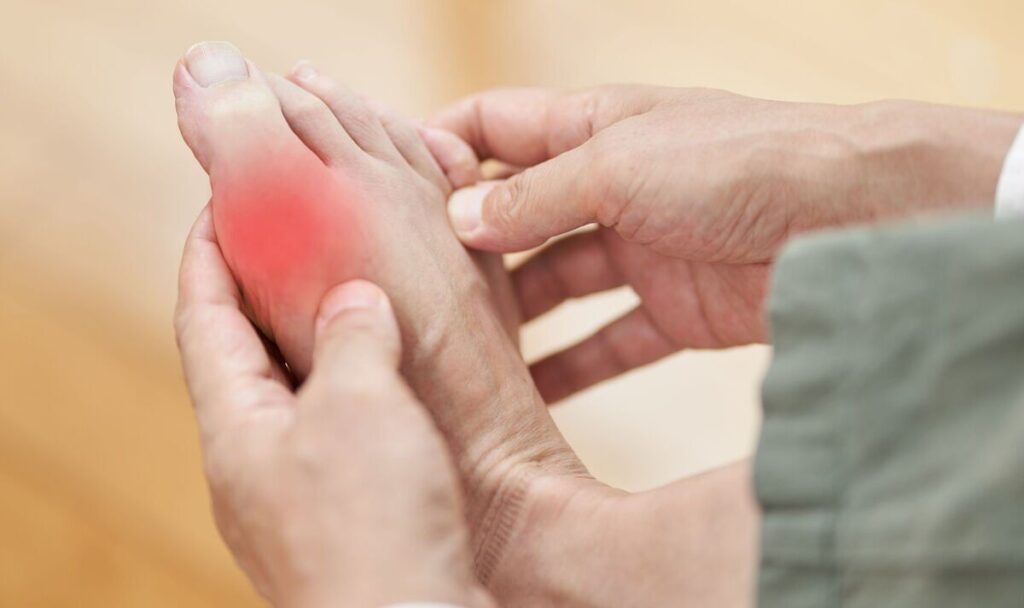Certain arthritic conditions like gout are triggered by a surplus of uric acids in the joints. Once provoked, the acids coalesce into sharp crystals that inflict painful flare-ups lasting for weeks or months at a time. Though a healthy diet can offset these complications, some superfoods may contribute to uric acid build-ups beyond what the body can handle.
Foods that naturally contain high levels of fructose are ill-advised for gout patients as they cause unfavourable increases in uric acid.
Fructose that is naturally found in honey renders it useful in the prevention of low blood sugar.
The Novak Djokovic Foundation explains that honey is also “considered a superfood” for its antibacterial and antiviral properties.
However, WebMD cautions that honey is “high in fructose”, which contributes to the release of purines when broken down in the body.
“A spot here and it is OK, but keep your fructose-filled eats to a minimum,” warns the health body.
READ MORE:The drink that may trigger a build-up of crystals in the joints
The Arthritis Foundation explains that purine compounds, whether they come from the body or food, increase levels of uric acid.
“Excess uric acid can produce uric acid crystals, which then build up in the soft tissues and joints, causing the painful symptoms of gout.”
Hence, the key dietary modification recommended for patients at risk of gout is a low-purine diet.
Though dietary purines can be difficult to dodge completely, patients are advised to limit their intake where possible.
In 2012, a report published in Seminars in Nephrology suggested the prevalence of uric acid levels was on the rise in the general population.
Several potential reasons were listed, including increased trends of obesity, western lifestyle factors and an increased prevalence of certain medications.
“Another notable change is that sugar-sweetened soft drinks and associated fructose consumption have also increased substantially over the last few decades,” noted the report.
Limiting the intake of naturally sweet foods and drinks, as well as alcohol, can help prevent future attacks.
Typically, the first joints to become affected by gout are those located in the foot, near the big toe.
The Centers for Disease Control and Prevention (CDC) explains that even the remission from a gout flare-up can be short-lived, as subsequent attacks are highly likely.
According to the health body, remission can last weeks, months, or years before another attack strikes, however.
“Gout usually occurs in only one joint at a time. It is often found in the big toe. Along with the big toe, joints that are commonly affected are the lesser toe joints, the ankle and the knee,” explains the CDC.

